Unified Multicloud Management With Multicloud
SERVERLESS
ServerlessServerless computing is a cloud computing execution model in which the cloud provider runs the server, and dynamically manages the allocation of machine resources.
-
 Knative
Knative
Knative provides several opensource tools that integrate natively with Kubernetes and automate much of the work that was previously performed manually to build containers or to deploy containerized code into a serverless environment. -
 Knative
Knative
Knative provides several opensource tools that integrate natively with Kubernetes and automate much of the work that was previously performed manually to build containers or to deploy containerized code into a serverless environment. -
 Knative
Knative
Knative provides several opensource tools that integrate natively with Kubernetes and automate much of the work that was previously performed manually to build containers or to deploy containerized code into a serverless environment. -
 Knative
Knative
Knative provides several opensource tools that integrate natively with Kubernetes and automate much of the work that was previously performed manually to build containers or to deploy containerized code into a serverless environment. -
 AWS Fargate
AWS Fargate
AWS Fargate is a serverless compute engine for containers that works with both Amazon Elastic Container Service (ECS) and Amazon Elastic Kubernetes Service (EKS). -
 Cloud Run
Cloud Run
Cloud Run is a fully managed compute platform for deploying and scaling containerized applications. Cloud Run takes any container images and pairs great with the container ecosystem. -
 Azure Function
Azure Function
Azure Function is a serverless compute service that enables user to run event-triggered code without having to provision or manage infrastructure.
MESH-SERVICES
Mesh-ServicesIn software architecture, a service mesh is a dedicated infrastructure layer for facilitating service-to-service communications between microservices, often using a sidecar proxy.
-
 Istio
Istio
Istio is an opensource platform for providing a uniform way to integrate microservices, manage traffic flow across microservices, enforce policies and aggregate telemetry data. Istio is an open source service mesh platform that provides a way to control how microservices share data with one another. -
 Istio
Istio
Istio is an opensource platform for providing a uniform way to integrate microservices, manage traffic flow across microservices, enforce policies and aggregate telemetry data. Istio is an open source service mesh platform that provides a way to control how microservices share data with one another. -
 Istio
Istio
Istio is an opensource platform for providing a uniform way to integrate microservices, manage traffic flow across microservices, enforce policies and aggregate telemetry data. Istio is an open source service mesh platform that provides a way to control how microservices share data with one another. -
 Istio
Istio
Istio is an opensource platform for providing a uniform way to integrate microservices, manage traffic flow across microservices, enforce policies and aggregate telemetry data. Istio is an open source service mesh platform that provides a way to control how microservices share data with one another. -
 AWS App mesh
AWS App mesh
AWS App mesh can run with AWS Fargate, Amazon EC2, Amazon ECS, Amazon EKS, and Kubernetes running on AWS environment. -
 Anthos
Anthos
Anthos is a platform that allows users to run applications on-premise not just in Google Cloud but also with other providers such as Amazon Web Services (AWS) and Microsoft Azure. -
 Azure Service Fabric
Azure Service Fabric
Azure Service Fabric is Microsoft’s Platform-as-a-Service (PaaS) and is used to build and deploy microservices-based cloud applications.
CONTAINERS
ContainersA container is a standard unit of software that packages up code and all its dependencies so the application runs quickly and reliably from one computing environment to another.
-
 Kubernetes (K8s)
Kubernetes (K8s)
Kubernetes (K8s) is an open-source platform for automating deployment, scaling, and management of containerized applications. -
 Kubernetes (K8s)
Kubernetes (K8s)
Kubernetes (K8s) is an open-source platform for automating deployment, scaling, and management of containerized applications. -
 Kubernetes (K8s)
Kubernetes (K8s)
Kubernetes (K8s) is an open-source platform for automating deployment, scaling, and management of containerized applications. -
 Kubernetes (K8s)
Kubernetes (K8s)
Kubernetes (K8s) is an open-source platform for automating deployment, scaling, and management of containerized applications. -
 Amazon EKS
Amazon EKS
Amazon EKS is a managed version of the kubernetes platform and Amazon has an another platform called ECS Elastic Container Service which is based on Docker platform but industry is moving towards using kubernetes as a defacto standard for container orchestration and Amazon embraced it with EKS. -
 Google Kubernetes Engine
Google Kubernetes Engine
Google Kubernetes Engine is the managed version of kubernetes platform, Google invented the kubernetes platform and then outsourced it to opensource which is now a managed service known as GKE. -
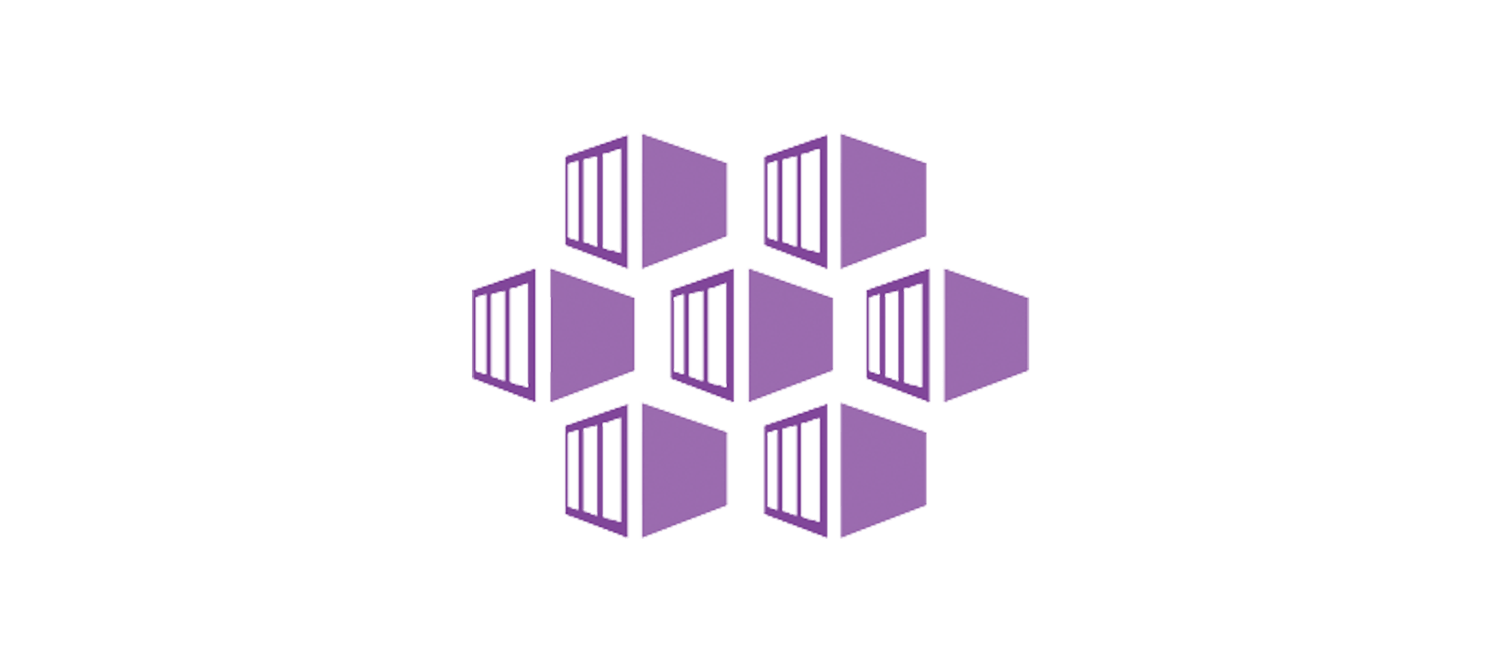 Azure Kubernetes Service (AKS)
Azure Kubernetes Service (AKS)
Azure Kubernetes Service (AKS) is a managed Kubernetes offering that further simplifies container-based application deployment and management.
VIRTUAL MACHINE
Virtual MachineIn computing, a virtual machine is an emulation of a computer system. Virtual machines are based on computer architectures and provide functionality of a physical computer.
-
 Virtual Machine
Virtual Machine
A virtual computer system environment created on a physical hardware system (located off- or on-premises) with its own allocated CPU, memory, network interface, and storage resources. It is a guest system that is created within a computing environment called a host syatem using a Hypervisor. -
 Virtual Machine
Virtual Machine
A virtual computer system environment created on a physical hardware system (located off- or on-premises) with its own allocated CPU, memory, network interface, and storage resources. It is a guest system that is created within a computing environment called a host syatem using a Hypervisor. -
 Virtual Machine
Virtual Machine
A virtual computer system environment created on a physical hardware system (located off- or on-premises) with its own allocated CPU, memory, network interface, and storage resources. It is a guest system that is created within a computing environment called a host syatem using a Hypervisor. -
 Amazon EC2
Amazon EC2
Amazon EC2 instance is a virtual server in Amazon’s Elastic Compute Cloud (EC2) for running applications on the Amazon Web Services (AWS) infrastructure. -
 Google Compute Engine (GCE)
Google Compute Engine (GCE)
Google Compute Engine (GCE) is part of Google's Infrastructure-as-a-Service (IaaS) offering, where you can build high-performance, fault-tolerant, massively scalable compute nodes to handle your application's needs. -
 Azure Virtual Machine
Azure Virtual Machine
Azure Virtual Machine provides on-demand computing resources that comes under Infrastructure as a Service (Iaas) category in Azure. We can use an image provided by Azure, or partner, or we can use our own to create the virtual machine.
HYPERVISOR
HypervisorA hypervisor is computer software, firmware or hardware that creates and runs virtual machines.
-
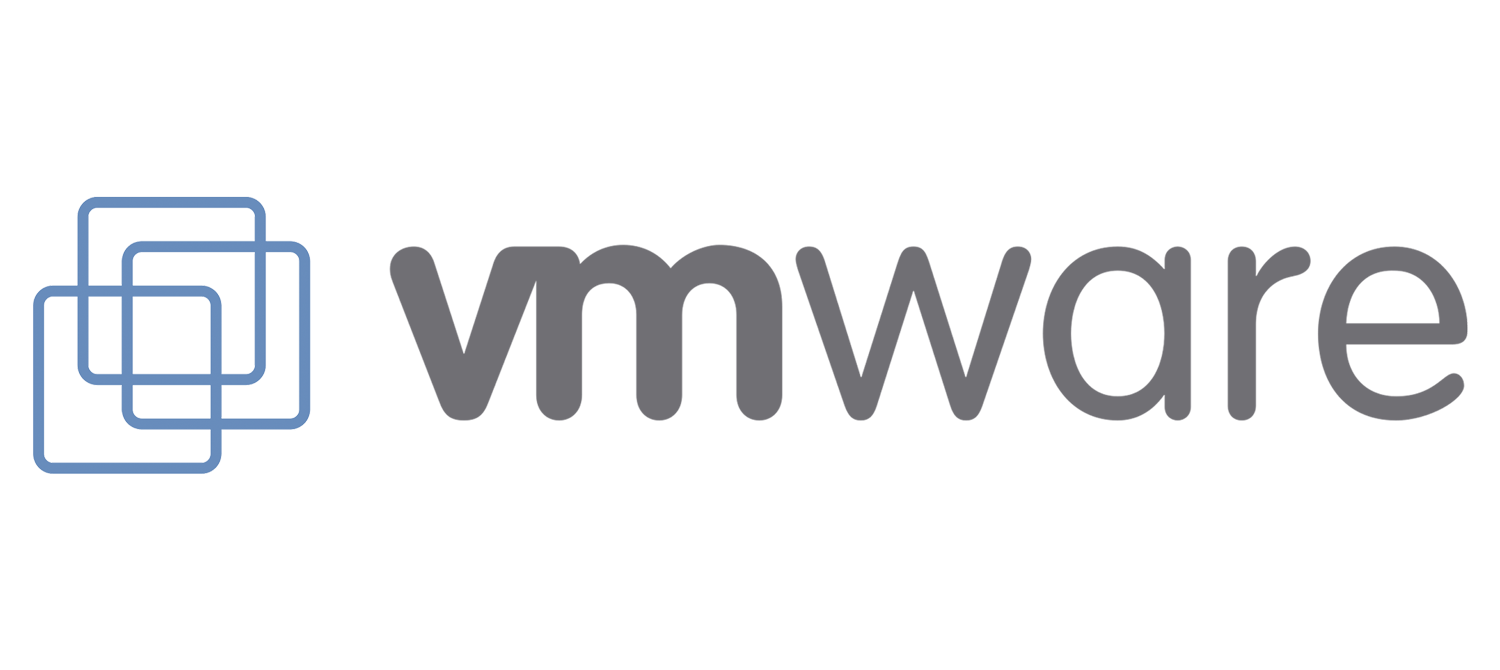 Vmware
Vmware
Vmware uses Vmware ESXi hypervisor to virtualise the baremetal hardware resources and effectively helps in partitioning hardware to consolidate applications and cut costs. -
 OpenStack
OpenStack
OpenStack is an open source platform that supports several opensource hypervisors but the most common hypervisor is KVM. -
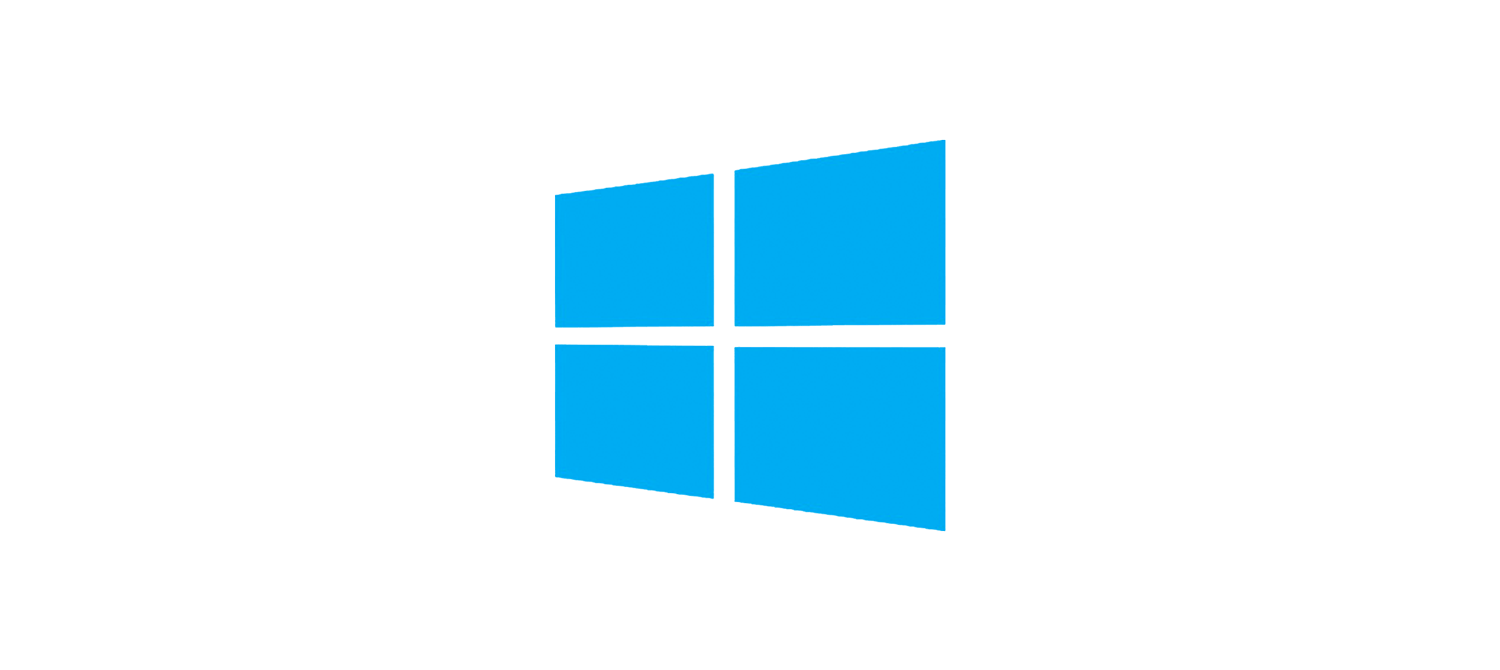 Hyper-V
Hyper-V
Hyper-V is a windows virtualisation software or hypervisor, which requires a fixed processor and feature requirements to be installed on the baremetal server.
BAREMETAL
BaremetalA 'bare-metal server' is a computer server that is a 'single-tenant physical server'. The term is used nowadays to distinguish it from modern forms of virtualisation and cloud hosting.
-
 Bare metal
Bare metal
Bare metal is a computer's hardware assembly, structure and components that are installed with either the firmware or basic input/output system (BIOS) software utility without any base operating system. -
 Bare metal
Bare metal
Bare metal is a computer's hardware assembly, structure and components that are installed with either the firmware or basic input/output system (BIOS) software utility without any base operating system. -
 Bare metal
Bare metal
Bare metal is a computer's hardware assembly, structure and components that are installed with either the firmware or basic input/output system (BIOS) software utility without any base operating system. -
 Bare metal
Bare metal
Bare metal is a computer's hardware assembly, structure and components that are installed with either the firmware or basic input/output system (BIOS) software utility without any base operating system. -
 Amazon EC2
Amazon EC2
Amazon EC2 bare metal instances are the virtual servers that provides your applications with direct access to the Intel® Xeon® Scalable processor and memory resources of the underlying server. -
 GCP Baremetal Solution
GCP Baremetal Solution
A solution that enterprises can use to run their specialized workloads on certified hardware that’s co-located in the Google Cloud data centers and directly connect them to Google Cloud’s suite of other services. -
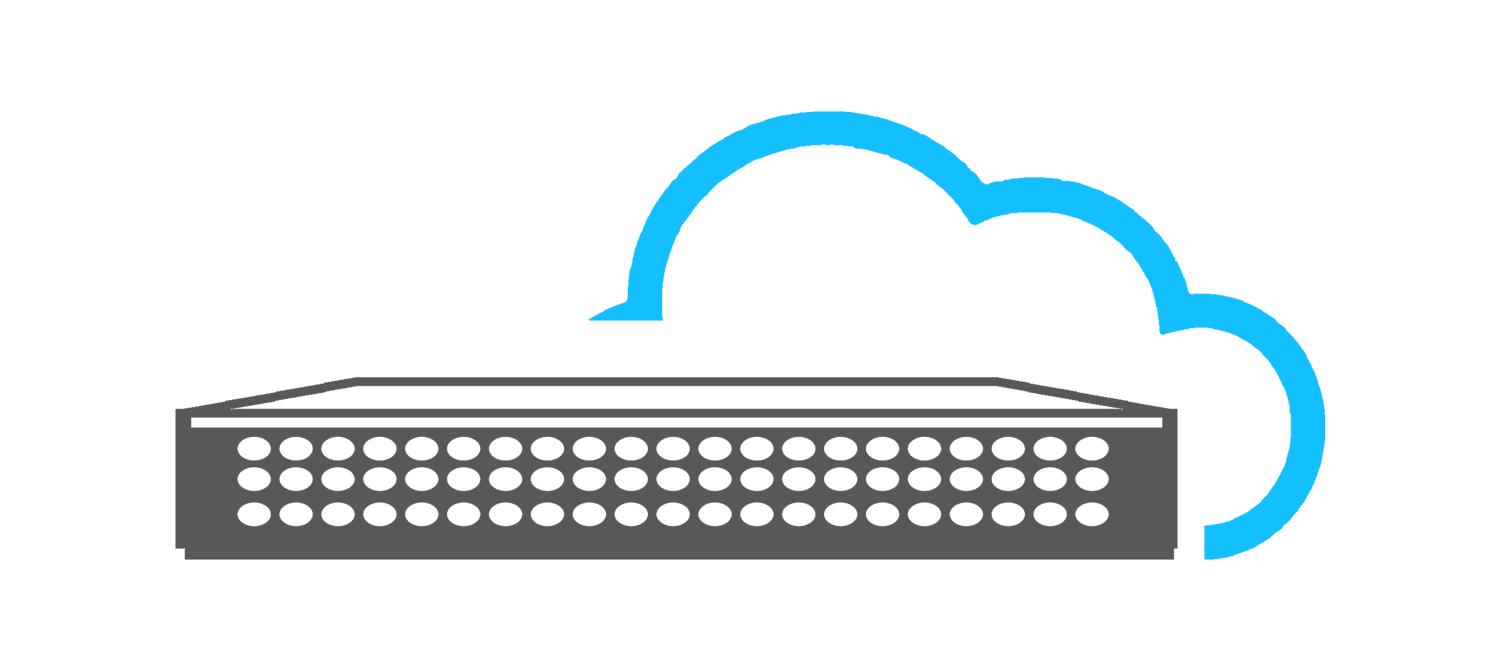 Azure Baremetal
Azure Baremetal
Azure Baremetal is the Baremetal hardware provided by Azure.
NETWORK
NetworkA network is a collection of computers, servers, mainframes, network devices, peripherals, or other devices connected to one another to allow the sharing of data.
-
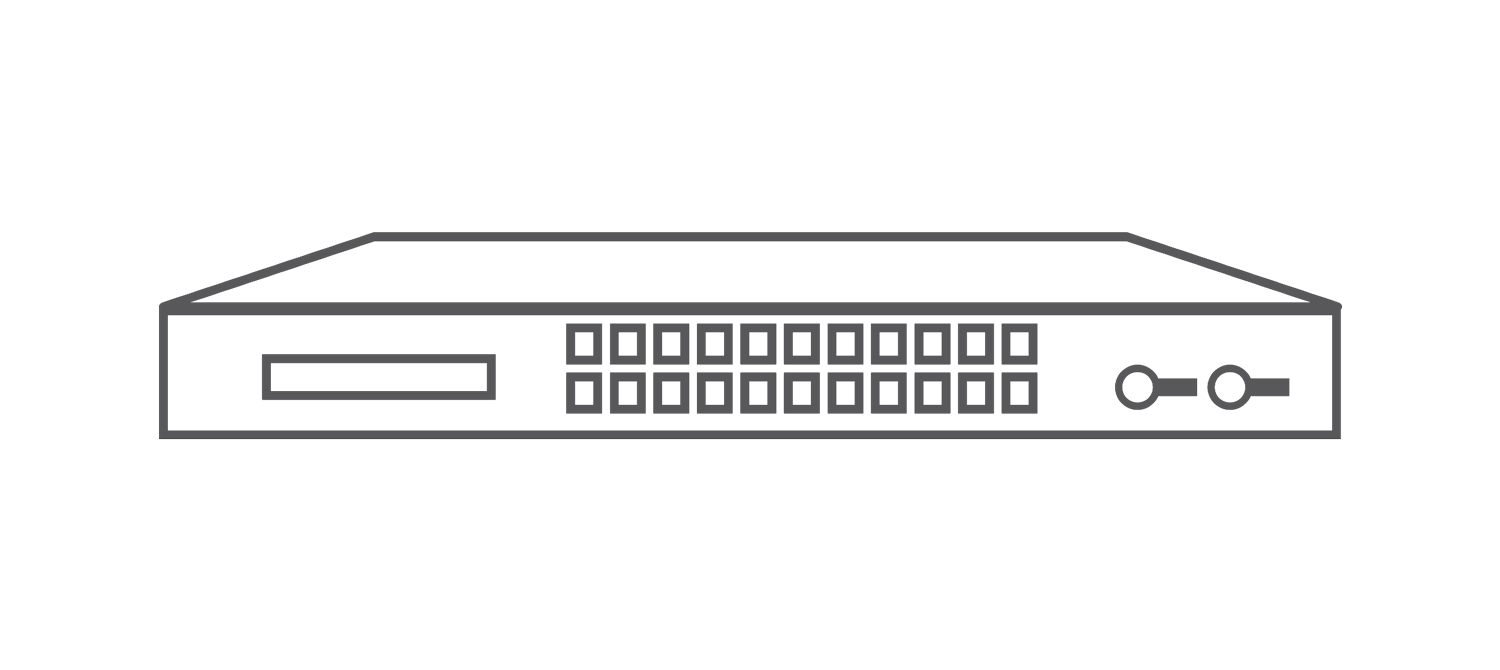 Network Device
Network Device
It is a physical device that is used to establish secure, fast and reliable communication between your different computing environments. -
 Network Device
Network Device
It is a physical device that is used to establish secure, fast and reliable communication between your different computing environments. -
 Network Device
Network Device
It is a physical device that is used to establish secure, fast and reliable communication between your different computing environments. -
 Network Device
Network Device
It is a physical device that is used to establish secure, fast and reliable communication between your different computing environments. -
 Network Service
Network Service
It is cloud service that enables customer's with network capabilities and resources and few functions that it includes are: Domain Name System (DNS), Dynamic Host Configuration Protocol (DHCP), voice over internet protocol (VoIP), etc. -
 Network Service
Network Service
It is cloud service that enables customer's with network capabilities and resources and few functions that it includes are: Domain Name System (DNS), Dynamic Host Configuration Protocol (DHCP), voice over internet protocol (VoIP), etc. -
 Network Service
Network Service
It is cloud service that enables customer's with network capabilities and resources and few functions that it includes are: Domain Name System (DNS), Dynamic Host Configuration Protocol (DHCP), voice over internet protocol (VoIP), etc.
CABINET
CabinetA server rack cabinet holds IT equipment just as a normal rack does, but it is typically enclosed on all sides. This means that it has doors in the front and rear of the rack and walls on each side.
-
 Cabinet
Cabinet
It is physical enclosure that is used to securely hold together your IT equipments within a data center and provide appropriate cooling and power required by your devices. -
 Cabinet
Cabinet
It is physical enclosure that is used to securely hold together your IT equipments within a data center and provide appropriate cooling and power required by your devices. -
 Cabinet
Cabinet
It is physical enclosure that is used to securely hold together your IT equipments within a data center and provide appropriate cooling and power required by your devices. -
 Cabinet
Cabinet
It is physical enclosure that is used to securely hold together your IT equipments within a data center and provide appropriate cooling and power required by your devices.
-
DATACENTER
DataCenter
A data center or data centre is a building, dedicated space within a building, or a group of buildings used to house computer systems and associated components, such as telecommunications and storage systems. -
VMWARE
VMware
VMware provides cloud computing and virtualization software and services. It was one of the first commercially successful companies to virtualize the x86 architecture. -
OPENSTACK
OpenStack
OpenStack is a free open standard cloud computing platform, mostly deployed as infrastructure-as-a-service in both public and private clouds where virtual servers and other resources are made available to users. -
HYPER-V
HYPER-V
Microsoft Hyper-V, codenamed Viridian, formerly known as Windows Server Virtualization, is a native hypervisor; it can create virtual machines on x86-64 systems running Windows. -
AWS
AWS
Amazon Web Services is a subsidiary of Amazon that provides on-demand cloud computing platforms and APIs to individuals, companies, and governments, on a metered pay-as-you-go basis. -
GCP
GCP
It is physical enclosure that is used to securely hold together your IT equipments within a data center and provide appropriate cooling and power required by your devices. -
AZURE
AZURE
Microsoft Azure, commonly referred to as Azure, is a cloud computing service created by Microsoft for building, testing, deploying, and managing applications and services through Microsoft-managed data centers.

PRIVATE CLOUD
-

PUBLIC CLOUD
